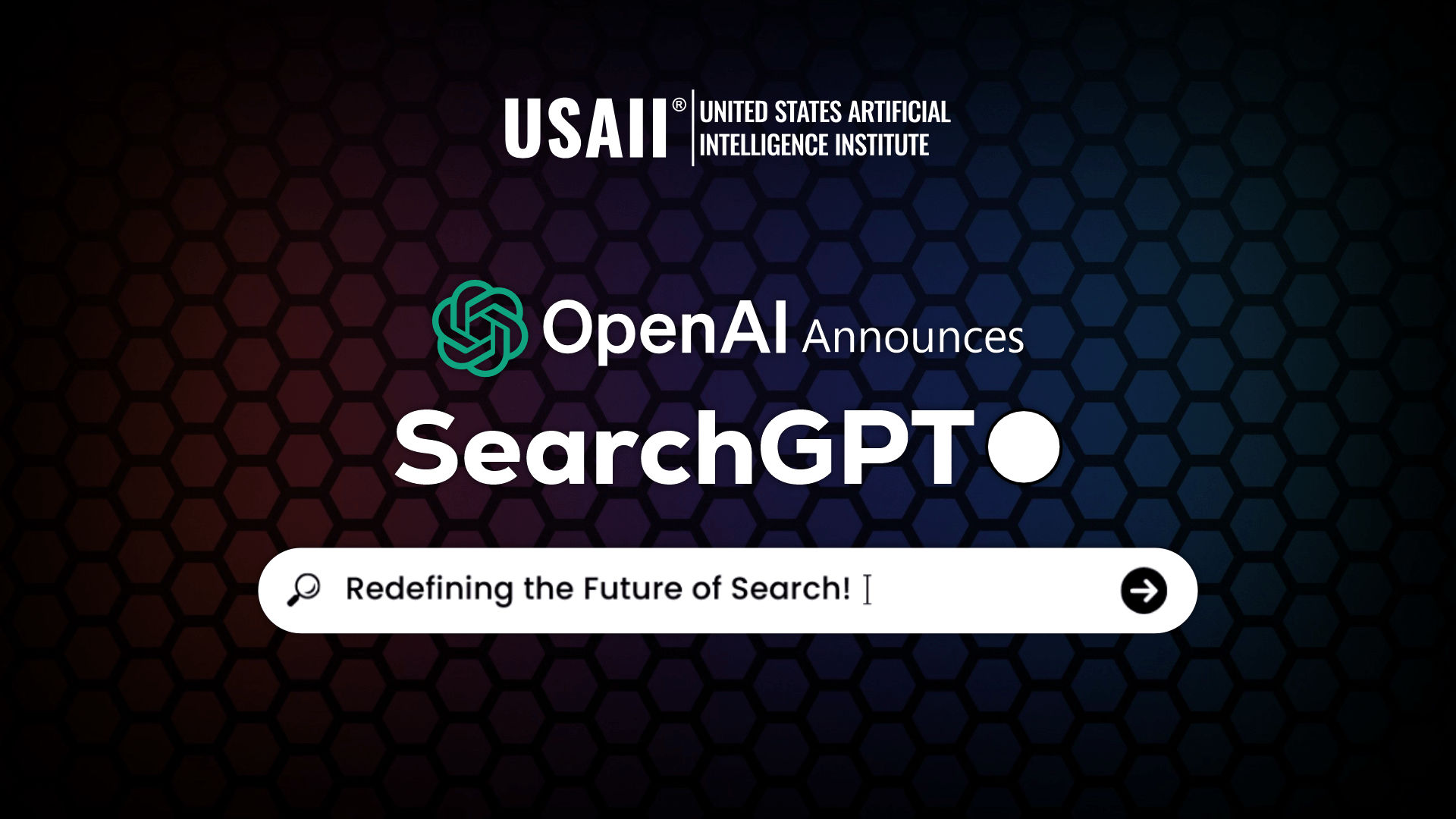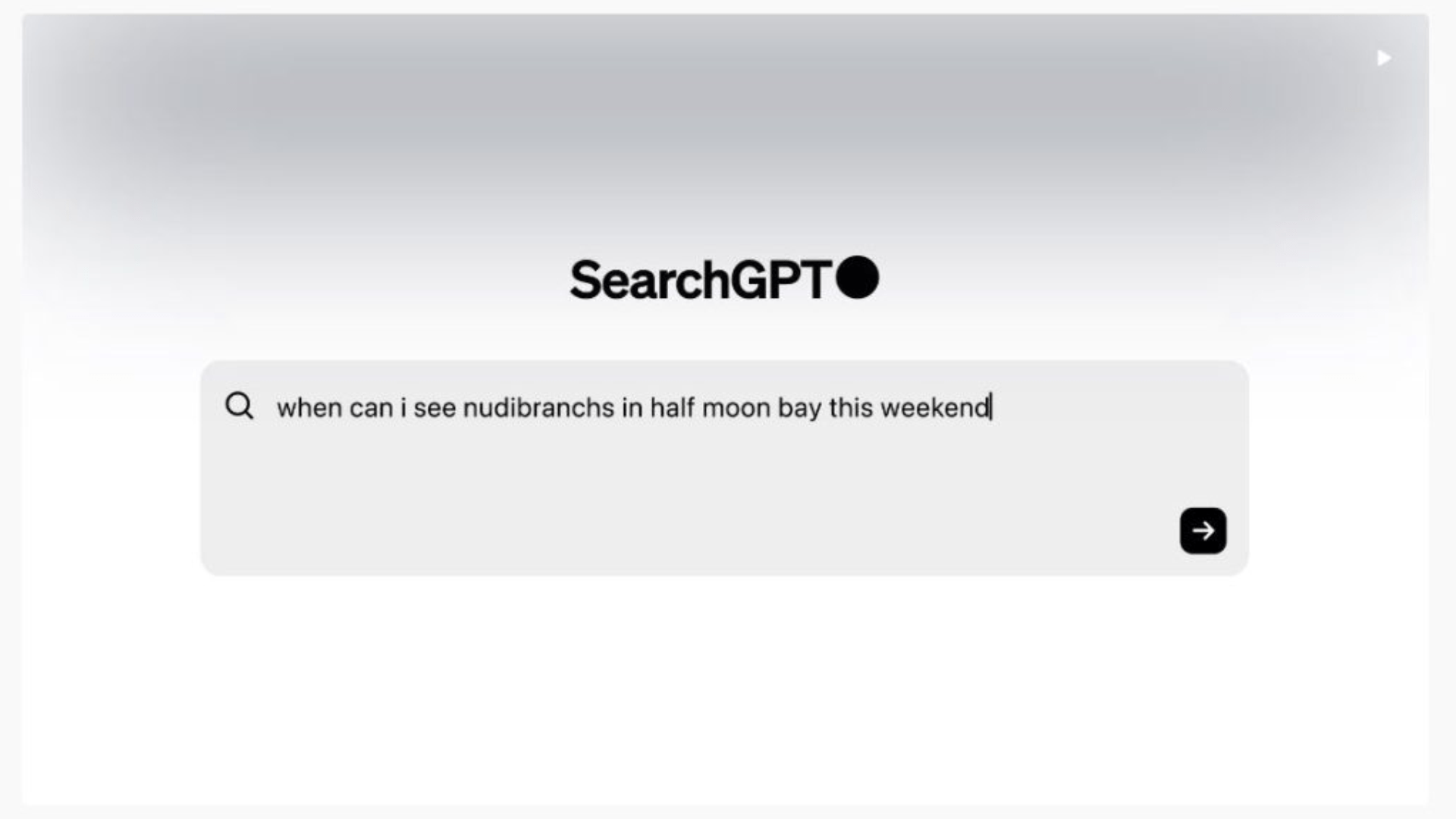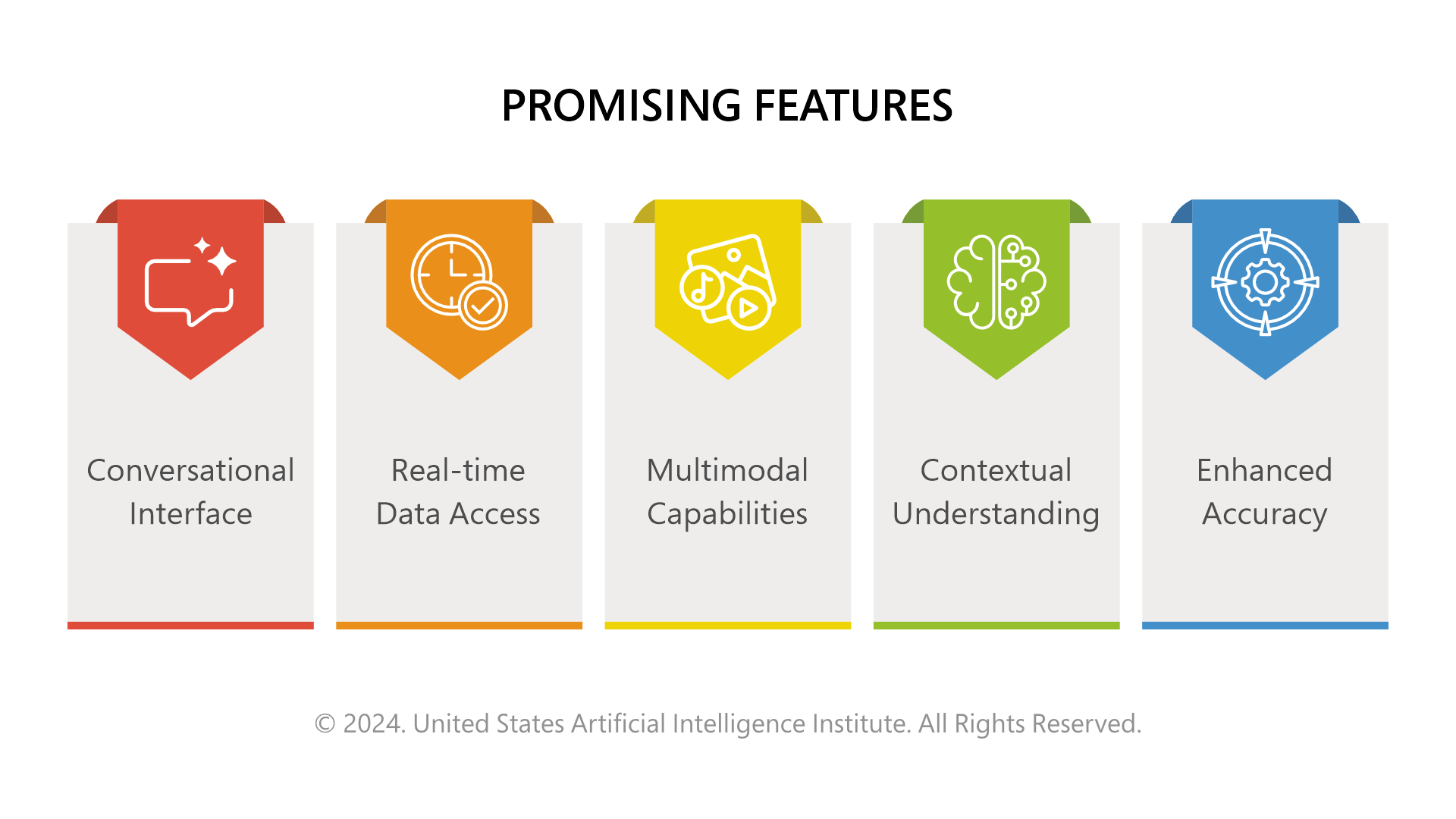

Yes, you read that right! OpenAI, a leading AI research and deployment company targets yet another fleet with the revelation of SearchGPT to ensure the benefits of artificial general intelligence reach the masses worldwide. The world of AI chatbots is exploding with ever-nuanced innovations every moment. Leveling up the playfield, this supernova AI search engine has leveraged massive capabilities while facilitating conversational hints for easing your web search experience.
The quest remains as to what extent OpenAI’s SearchGPT is different or like Google’s search engine. The prominent shift toward an automated experience from traditional search engines requiring a specific keyword to be fed to find information is indeed a tech flex. As the global footfall to search engines increases at a staggering rate; it becomes competitive for tech giants such as Google and OpenAI to facilitate the global audience with highly enhanced search experience and beyond.

SearchGPT is just a ‘prototype’ for now; the service is powered by the GPT 4 models and will be accessible to 10,000 test users at launch; Kayla Wood, OpenAI’s spokesperson to The Verge. She further stresses that OpenAI is working with third-party partners and using direct content feeds to build its search results. Let us understand the core capabilities that OpenAI’s SearchGPT brings to the table and how different is it from Google.

SearchGPT is a search engine developed by OpenAI that leverages the advanced technology of GPT 4 models. It provides detailed summaries and short descriptions directly on the results page; to bring up the search experience efficiently. However, currently in the testing phase as a temporary prototype; it is accessible only to a limited audience and content editors. Initially, the development of SearchGPT is being carried out in partnership with content editors to ensure the information presented is accurate and relevant.

Instead of a list of links provided at the outset; SearchGPT delivers direct answers to user queries.
The responses and answers are accompanied by clear citations and links to the source material to ensure transparency and accuracy.
Enables users to engage in a dialogue with the search engine and ask follow-up questions or refine initial query search based on received responses.
Personalized responses based on user behavior enhance user satisfaction and productivity by extracting relevant information from multiple web pages and aligning content.
Unlike Google and Bing; SearchGPT does not display advertisements in its search results; creating a cleaner and more user-friendly interface.
Unlike some AI models, the new search engine connects directly to the internet to provide answers based on the most updated information available.
It enables easy summaries to be developed of the vast information thus collected to foster a greater understanding of future trends.
It learns from user interactions to improve responses, maintain high standards of accuracy and relevance; reduce misinformation, and enhance trust. Clear, in-line, named attribution and links work wonders in curtailing any chances of misleading.
It is a responsible deployment in the AI search tool market; amid concerns of plagiarism, and inaccuracies; plaguing other AI-powered search tools.
Generates responses based on search results; if the information in the search results is incorrect; the summary can also be wrong.
The delivery of visual results in pictures and video to answer user queries is a great hit already.
OpenAI SearchGPT Workings:
SearchGPT is powered by the GPT 4 generation of models, known for their advanced natural language processing capabilities. These AI language models have been trained on vast amounts of textual data, enabling them to interpret and generate text in an extremely natural and coherent manner. At the core of SearchGPT is the OAI-SearchBot, a dedicated research bot that is already part of OpenAI’s list of AI chatbots. It links and displays websites in the prototype’s search results. It ensures that only relevant content appears in the answers. However, OAI-SearchBot is not used to train OpenAI’s generative AI models; setting it apart from the traditional crawlers.
Is OpenAI’s SearchGPT a level-up to Google’s Search engine and ChatGPT?
Comparing the two giants demands effective scrutiny by AI prompt engineers and specialists who can delve deeper into the large language models and ascertain the best in command action. Let us explore the differentials.
OpenAI’s SearchGPT:
Google:
ChatGPT:
However, the two look quite different yet similar. To deduce an inside story behind the two; you need to deploy specialized AI engineers with requisite AI certification programs that can guarantee an ease of comprehension of these latest AI add-ons with futuristic AI skills. take home massive credibility and a rewarding AI career with these supremely nuanced credentials gracing your portfolio!
Follow us: